Acaciella angustissima, (=Acacia angustissima), White-ball Acacia

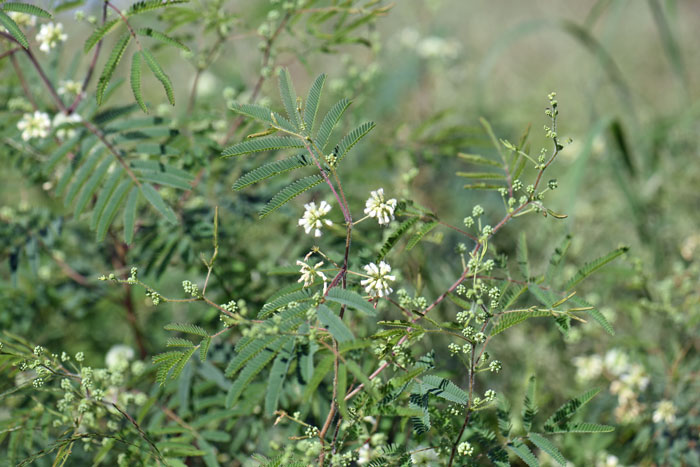
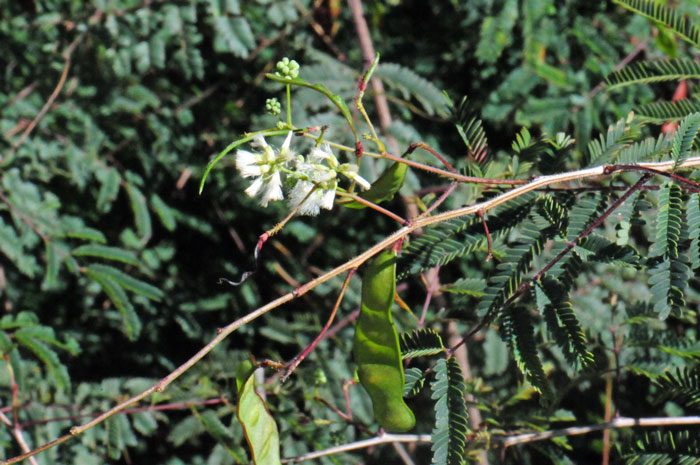
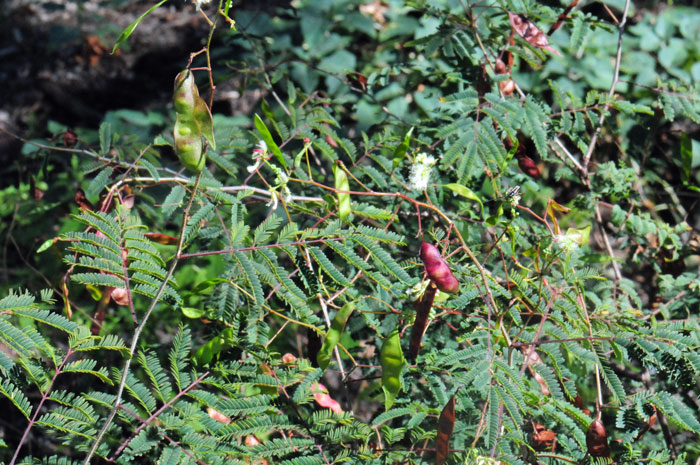
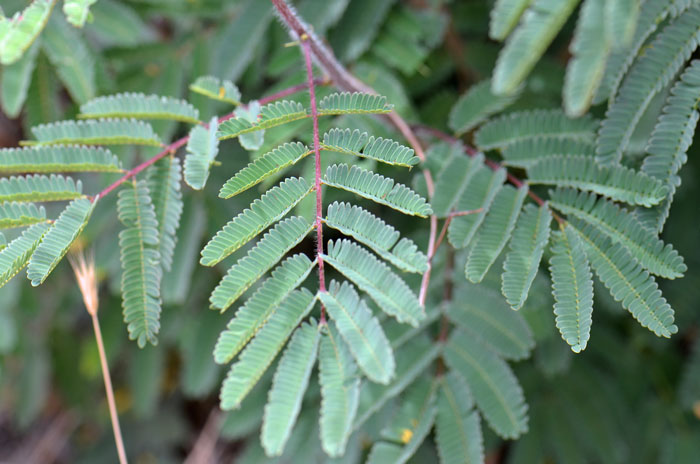
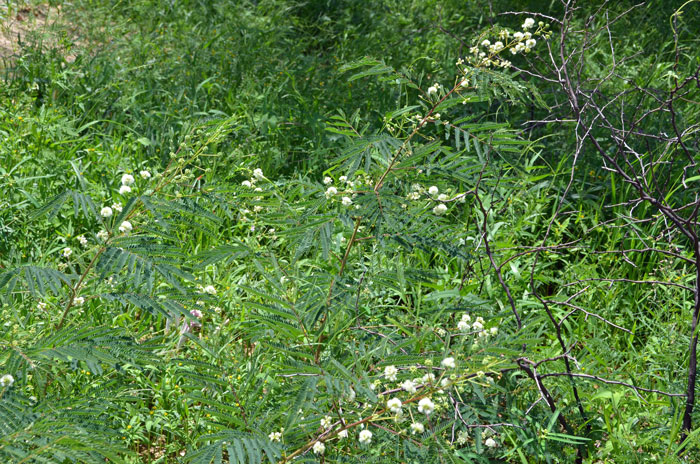
Scientific Name: Acaciella angustissima, (=Acacia angustissima)
Common Name: White-ball Acacia
Also Called: Fern Acacia, Ocpatl, Prairie Acacia, Prairie Wattle, White Ball Acacia, Whiteball Acacia; (Spanish: Guajillo, Day, Cantemó Palo de Pulque, Barbas de Chivo)
Family: Fabaceae, Leguminosae Family
Synonyms: ()
Status: Native
Duration: Perennial from woody rhizomes.
Size: May grow up to 6 feet (1.8 m) and more depending on variety and location; 2 or 3 feet (.61 or .91m) wide.
Growth Form: Subshrub, shrub or tree depending on variety and geographic location; plants colonize from woody rhizomes; stems are without spines or thorns removing this species from most members of the Acacia genus.
Leaves: Green, compound, pinnate, arranged alternately along stem; feathery foliage; deciduous.
Flower Color: White or cream-colored spherical or globose flowers; the flowers grow from leaf and stem axils; the fruit is a flattened 2 to 3 inch (4 to 7 cm) long seed pod (legume).
Flowering Season: May to September (blooms summer into fall)
Elevation: 3,000 to 6,500 feet (914 to 1,981 m)
Habitat Preferences: Dry rocky slopes and hillsides, sometimes in chaparral communities; grows in alkaline soil.
Recorded Range: White-ball Acacia is found in the central southern and southwest states of AR, AZ, FL, KS, LA, MO, NM, OK and TX. This species is also native throughout northern and central Mexico and Baja California.
North America & US County Distribution Map for Acaciella angustissima as Acaciella angustissima.
North America species range map for Common name, Acaciella angustissima:
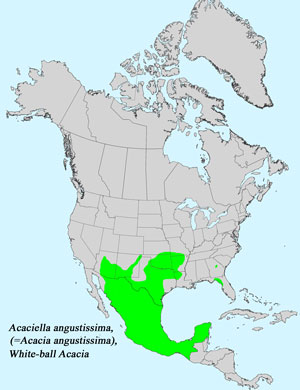
Wetland Indicator: Unknown
Threatened/Endangered Information: Acacia (=Acaciella) angustissima, Prairie Acacia, is listed as Endangered by the State of Florida.
U.S. Weed Information: Unknown
International Invasive/Noxious Weed Information: 1The Centre for Agriculture and Bioscience International, (CABI), and 2The Invasive Species Compendium (ISC) has identified Acacia (=Acaciella) angustissima, Prairie Acacia as “having a high potential of invasiveness due to its prolific seed production, rapid growth, and its capability to reproduce vegetatively”.
1The Centre for Agriculture and Bioscience International (CABI), Wallingford, Oxfordshire, England; The US Department of Agriculture is a lead partner with CABI.
2The Invasive Species Compendium (ISC) is an encyclopedic resource that brings together a wide range of different types of science-based information to support decision-making in invasive species management worldwide.
The genus Acaciella was published in 1928 by Britton and Rose.
In the Southwestern United States: Arizona has 3 species of genus Acaciella, California has 0 species, Nevada has 0 species, New Mexico has 1 species, Texas has 3 species, Utah has 0 species. Data approximate, subject to revision.
The USDA Plants Database includes the following 2 varieties (previously 3 varieties) of Acaciella angustissima;Acaciella angustissima var. chisosiana, Chisos Prairie Acacia; (TX);
Acaciella angustissima var. hirta, Prairie Acacia; (AR, AZ, FL, KS, LA, MO, NM, OK, TX).
Comments: White-ball Acacia does not have spines or thorns and is easily to cultivate. The flowers are somewhat showy and the fine feathery foliage is one of the plant's most attractive features.
In Southwest Desert Flora also see similar species; Sweet Acacia, Vachellia farnesiana, Catclaw Acacia, Acacia greggii and Whitethorn Acacia, Vachellia constricta.
Acaciella angustissima is a larval host for Sphingicampa raspa. Find out more from Butterflies and Moths of North America (BAMONA).
The genus Acaciella was published in 1928 by Britton and Rose.
The species epithet “angustissima” (angustis'simus:) means very narrow or most narrow, a reference to the delicate leaflets.

